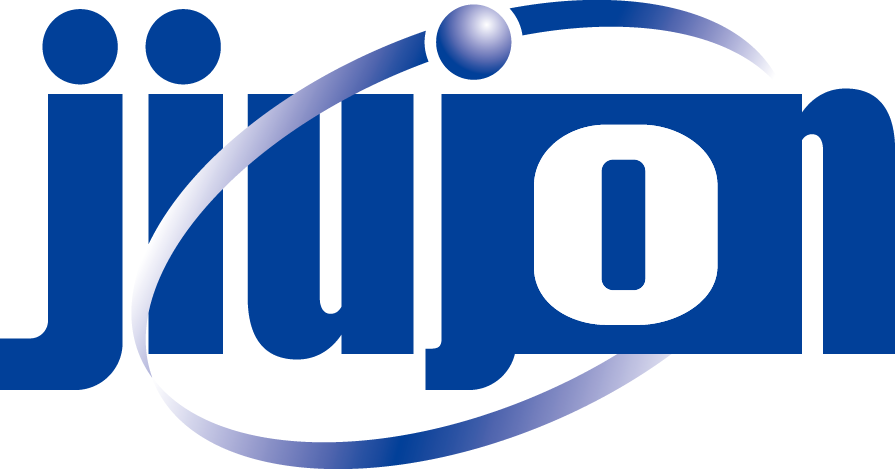Chrome-coated precision plates are widely used in various industries, including manufacturing, automotive, and aerospace, due to their durability, corrosion resistance, and precision. Ensuring the highest quality control during production is essential to maintaining performance, consistency, and reliability. This article explores the key quality control measures in manufacturing chrome coated precision slits plates and how they contribute to superior product performance.
1. Material Selection and Preparation
The first step in quality control is selecting high-grade base materials. The substrate, typically steel or aluminum, must meet strict mechanical and chemical property standards to ensure compatibility with the chrome coating.
Key Quality Control Measures:
• Material Testing: Conducting hardness, tensile strength, and composition analysis to verify material integrity.
• Surface Preparation: Cleaning and polishing the surface to remove contaminants and ensure proper adhesion of the chrome layer.
• Thickness Control: Ensuring uniformity in base plate thickness before coating application.
2. Chrome Coating Application
Applying chrome coating is a critical stage that directly affects the plate’s performance. High-quality coating ensures enhanced resistance to wear, corrosion, and environmental exposure.
Key Quality Control Measures:
• Electroplating Process Monitoring: Maintaining proper voltage, current, and plating time to achieve a consistent chrome layer.
• Coating Thickness Inspection: Using precision measuring tools to ensure uniformity in chrome deposition.
• Adhesion Testing: Performing peel or scratch tests to verify strong bonding between the substrate and the chrome layer.
3. Precision Slitting and Dimensional Accuracy
For chrome coated precision slits plates, achieving exact dimensions is crucial for their application in precision machinery and industrial components. Any deviation can impact performance and assembly compatibility.
Key Quality Control Measures:
• CNC Machining Accuracy Checks: Verifying that cutting tools maintain tight tolerances and smooth edges.
• Optical and Laser Inspection: Using advanced scanning technology to detect micro-deviations in slit width and positioning.
• Edge Quality Evaluation: Ensuring that slit edges are free from burrs, cracks, or deformities that could affect function.
4. Surface Finish and Defect Detection
A smooth and defect-free surface finish is necessary for optimal performance. Imperfections such as pits, rough textures, or uneven coatings can compromise the plate’s function.
Key Quality Control Measures:
• Visual and Microscopic Inspection: Identifying defects that are not visible to the naked eye.
• Roughness Testing: Using surface roughness testers to ensure a polished and even finish.
• Chromium Hardness Testing: Checking for uniform hardness levels across the coated surface.
5. Corrosion and Wear Resistance Testing
To ensure long-term durability, chrome coated precision slits plates undergo rigorous testing to evaluate their resistance to wear, corrosion, and environmental conditions.
Key Quality Control Measures:
• Salt Spray Testing: Simulating harsh conditions to assess the chrome layer’s corrosion resistance.
• Abrasion Resistance Testing: Measuring the plate’s ability to withstand friction and mechanical wear.
• Chemical Resistance Analysis: Testing the coating’s reaction to exposure to various industrial chemicals.
6. Final Quality Assurance and Packaging
Before shipment, every plate undergoes a final round of inspection to ensure compliance with industry standards and customer specifications.
Key Quality Control Measures:
• Dimensional Reverification: Confirming all specifications are met.
• Batch Sample Testing: Conducting quality assurance tests on randomly selected plates to maintain consistency.
• Protective Packaging: Ensuring plates are properly packed to prevent damage during transport.
Conclusion
Maintaining strict quality control in the production of chrome coated precision slits plates is essential for ensuring durability, accuracy, and performance. By implementing comprehensive testing and monitoring at every stage of manufacturing, industries can guarantee that their products meet the highest standards. These quality control measures not only enhance product reliability but also contribute to efficiency and safety in industrial applications.
For more insights and expert advice, visit our website at https://www.jiujonoptics.com/ to learn more about our products and solutions.
Post time: Mar-11-2025



